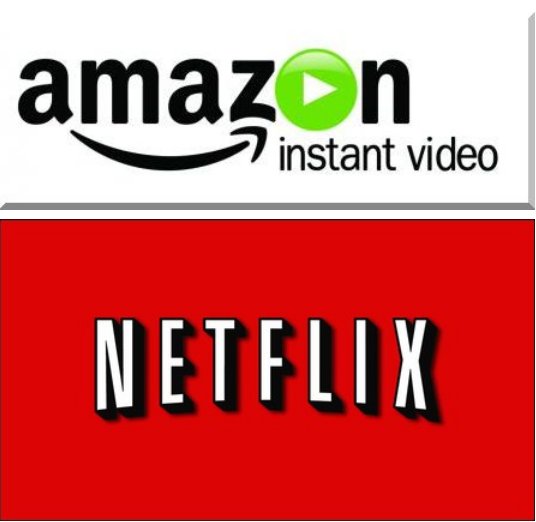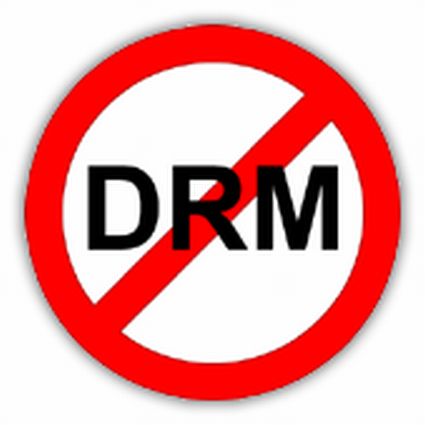| Previous
Page |
PCLinuxOS
Magazine |
PCLinuxOS |
Article List |
Disclaimer |
Next Page |
Dear Rupert Murdoch: Want To Compete With Netflix? Ditch DRM! |
|
by Jeremy Gillula At a technology conference this past Wednesday (late October), Rupert Murdoch, chair of 21st Century Fox, argued that major media companies should develop their own video streaming service that could compete with Netflix and Amazon. His comments likely stemmed from worries that Netflix and Amazon are starting to gain more and more leverage over the traditional content providers. Given that other streaming services are having a tough time competing (Verizon's foray into video streaming, Redbox Instant, is shutting down), those worries are well-founded.  Media companies don't have a great track record of competing head-to-head against specialized technology firms at the best of times, and in this case they would be starting from far behind. Fortunately, there's one move media companies could make that would set apart any new video streaming service they develop: they could ditch the DRM. It's a pretty radical notion for traditional content providers, but it makes a lot of practical sense. The official reason for locking media up with DRM is to prevent it from being copied, on the theory that distributing content that can be copied will mean fewer sales of that content. But as we saw with the music industry, that argument doesn't hold much water. Even though all of the major digital music stores have ditched DRM, digital music sales continue to grow. And this justification makes even less sense for locking down streaming video with DRM. After all, while people listen to the same songs over and over again, that's less true for TV shows and movies. After you watch an episode of a TV show, you often don't watch it again: you move on to the next one. This means that even though someone might be able to download and re-watch a TV show they watched this week, they'll still continue to pay a convenient subscription to be able to watch next week's TV shows. Another reason for using DRM is to prevent competition. We've seen e-books that can only be read by certain e-readers, printers that only accept ink cartridges from the same brand, and even garage door openers that only work with remotes from the same manufacturer. But in all of these cases the manufacturer is selling two or more different products. They want to make sure that once a customer buys one of their products (an e-reader, a printer, or a garage door opener) they'll also be the only source for a customer who wants to buy matching accessories (e-books, ink cartridges, remotes). But this reasoning doesn't make sense for media companies who want to sell streaming video, because they only have one product: the content. In fact, by ditching DRM media companies can guarantee that as many people as possible will be able to sign up for their service.  After all, DRM introduces unnecessary engineering complications. A streaming service without DRM is much easier to develop apps for, can be more easily integrated into smart TV products, and can otherwise foster all kinds of add-on innovation. For example, offering video DRM-free would make it easy for volunteer communities to add subtitles, especially in languages for which it wouldn't be cost-effective to pay for professionals. If you spoke a foreign language, which streaming video service would you choose: the locked-down one you can't understand? Or the DRM-free one which has subtitles? (Plus it reduces the chances of DRM introducing unnecessary security risks into customers' devices.) All of these opportunities means more potential subscribers, and that translates into more revenue, not less. As we've been saying all along, interoperability and ease-of-use are the key factors that determine how someone will choose to access content. Lack of DRM makes it easier for customers to access content when they want, where they want, using the device they want. If the major media companies want to take back control over their work from companies like Amazon and Netflix, they would be wise to release their content directly to customers--without DRM. Reprinted from Electronic Frontier Foundation, under Creative Commons Attribution license. The original article appears here. |




